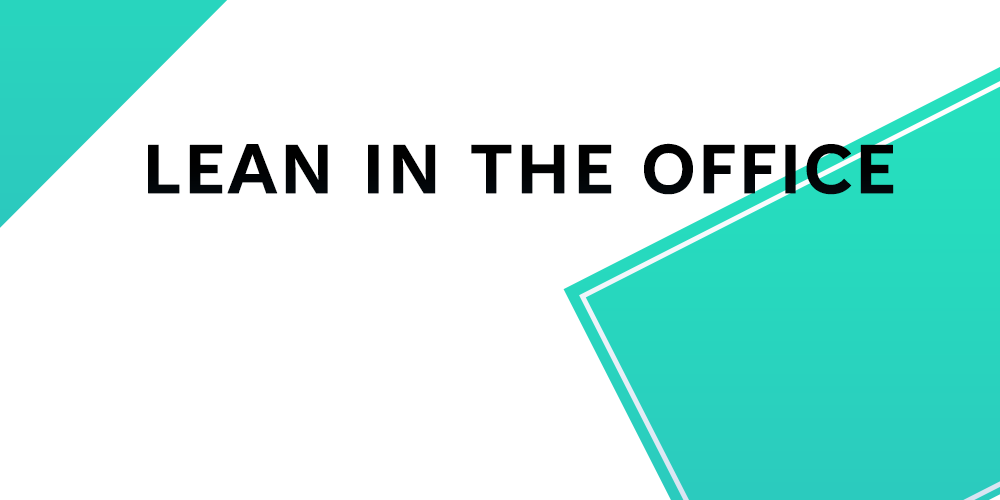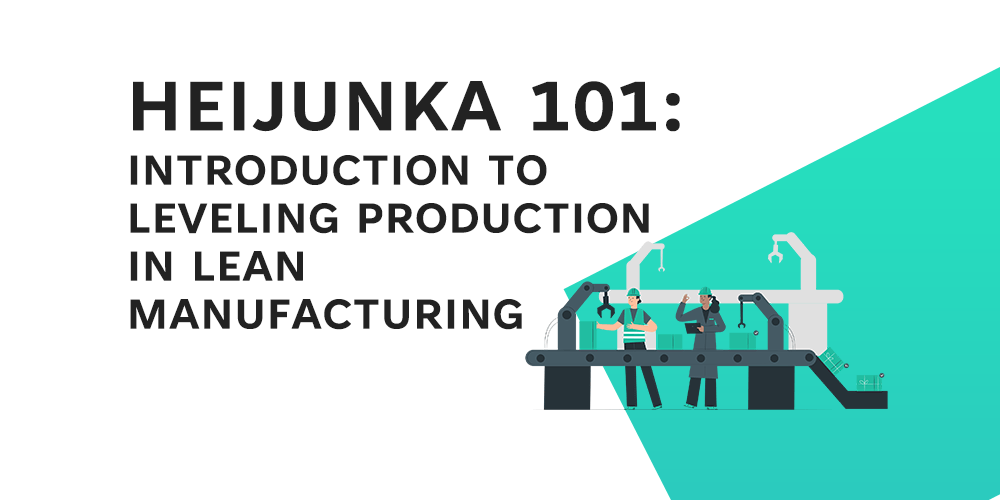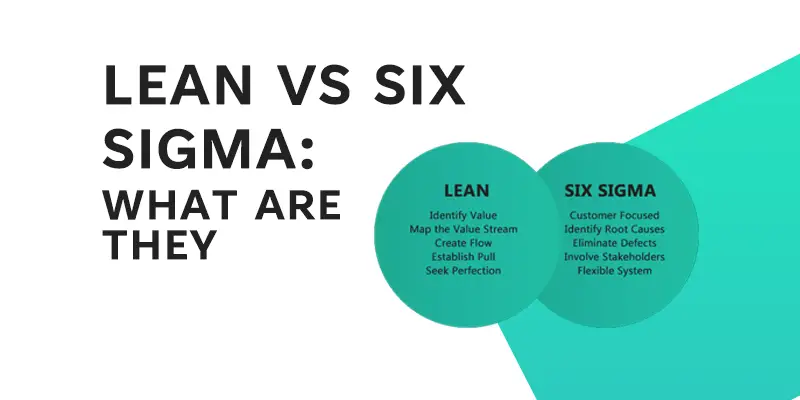Table of Contents
Introduction
Using Lean in the office can help organizations streamline their processes, reduce waste and inefficiencies, and increase productivity. It can also promote employee communication and collaboration while providing a foundation for continual improvement. Implementing Lean in the office may involve tailoring Lean tools and techniques, such as value stream mapping and 5S, to the organization’s specific needs and circumstances.
Adopting Lean in the office can be a challenging process, but it has the potential to bring significant benefits to organizations that are willing to make the commitment. In this post, we will look at the principles of Lean, the benefits of employing Lean in the office, and the steps required in putting Lean into practice.
What is Lean?
Toyota created Lean as a business model to improve efficiency and remove waste in the manufacturing industry. It is based on the concept of continuous improvement and encourages firms to discover and eliminate non-value-added tasks so that they may focus on providing value to consumers. Lean’s purpose is to build a highly efficient process that produces only what the customer needs when they need it, and with as little waste as possible.
To do this, Lean uses a set of principles and methods, including value stream mapping and 5S among other tools, that assist firms in identifying and eliminating waste, improving flow, and increasing customer value. Lean principles have recently been applied to a range of industries and contexts, including office settings, to assist firms to optimise their processes, reduce waste and inefficiencies, and enhancing productivity.
Why Lean Became More Popular in the Office
As previously stated, Lean has a history of being developed and used in the manufacturing environment, but over the last few years organizations have realized that it is not only useful for making improvements and efficiencies in the manufacturing environment, but it is also capable of achieving meaningful improvements in processes that are carried out in the office environment.
There are various reasons why Lean is becoming more popular in the office all of which are the same reasons it has previously been so popular in all other work environments, Lean in the office can lead to:
Improved efficiency and productivity: Lean concepts can assist firms in streamlining their operations and eliminating waste, resulting in greater efficiency and productivity. In the workplace, this can include minimizing or eliminating superfluous steps in procedures, enhancing workflow, and removing bottlenecks.
Savings: Lean can assist firms in identifying and eliminating waste sources such as excess inventory, defects, and overproduction, which can result in significant cost savings. This can include lowering the amount of paper and other supplies needed in the office, streamlining procedures to eliminate errors and rework, and optimizing the use of resources like time and space.
Quality improvement: Lean emphasises the need to continuously improve processes and goods to satisfy the expectations of customers. Organizations can improve the quality of their products or services and better fulfil the demands of their consumers by implementing Lean principles in the office.
Increased competitiveness: Adopting Lean can assist firms in remaining competitive in today’s fast-paced business climate. Lean can assist firms in adapting to changing market conditions and consumer needs by continuously optimizing processes and becoming more efficient.
Improved employee satisfaction: Lean can also lead to improved communication and collaboration among employees, which can increase job satisfaction and morale. Lean may empower employees to discover and solve problems by involving them in the continuous improvement process, making their work more relevant and gratifying.
What are the Lean tools that can be used in the office?
Within the Lean methodology, numerous tools and techniques are regularly employed. Some of the most common are as follows:
Value stream mapping: This tool is used to visualise and analyse the flow of materials and information in a process. It assists organisations in identifying waste and areas for improvement.
5S: This is a method for organising and maintaining a clean, orderly, and efficient work environment. Sort, place in order, shine, standardise, and sustain are the 5S’s.
Kanban: A visual signal that is used to initiate the production or transfer of products. It assists enterprises in managing and controlling their workflow.
Standard work: This is a written description of the most efficient method for completing a task. It assists companies in establishing and sustaining consistent, high-quality work processes.
Single piece flow: A manufacturing approach in which things are created one at a time rather than in huge batches. It assists organisations in reducing waste and improving flow.
Total productive maintenance (TPM): This is a maintenance programme that involves all employees in maintaining and improving equipment. It assists enterprises in increasing equipment uptime and decreasing waste.
Visual management: This is a method for using visual cues to communicate information and facilitate problem-solving. It assists companies in improving communication and reducing errors.
These are merely a few of the tools that are regularly utilised in Lean. There are many more, and the precise tools and techniques employed will be determined by the organization’s goals and circumstances.
Example of Lean in the office
Example 1
Here’s an example of how Lean concepts may be utilized in the office:
Consider a call centre with a staff of customer service representatives. Every day, they receive a significant amount of calls, and some consumers must wait on hold for an extended period of time before speaking with a person. The team is searching for ways to increase efficiency and decrease customer wait times.
Using Lean principles, the team might create a value stream map to determine the present condition of the process and potential areas for improvement. They could then use Lean tools and techniques like 5S (sort, set in order, shine, standardize, and sustain) to arrange their workstation and eliminate clutter and distractions, or they may use a Kanban system to manage their workflow better and reduce wait times.
The team is able to minimize the average wait time for clients and increase the overall efficiency of the call centre by adopting Lean principles. This not only benefits clients, but it also increases job satisfaction among customer care agents because they can fix more issues in less time.
Example 2
Here is an example of how TPM might be used in a different office environment:
Imagine an accounting firm that is experiencing frequent printer failures and downtime. The firm’s employees rely on the printers to print important documents and reports, and the frequent failures are causing delays and frustration.
To improve printer uptime and reduce waste, the firm decides to implement a TPM program. As part of the program, the firm establishes a schedule for cleaning and maintaining the printers, and trains employees on how to properly use and care for the equipment. They also set up a system for tracking printer failures and identifying root causes, and work to eliminate these problems.
By implementing TPM, the firm is able to improve printer uptime and reduce waste, which leads to increased efficiency and productivity. The program also helps to build teamwork and a culture of continuous improvement among the employees.
Example 3
Here is an example of how Kanban might be used in a sales and administration office:
Imagine a team of sales and administration professionals who are responsible for managing a high volume of customer orders and requests. They are looking for a way to improve the flow of work and reduce bottlenecks in their process.
To do this, the team decides to implement a Kanban system. They create a Kanban board with columns for each stage of the process, such as “New,” “In Progress,” and “Completed.” They also establish rules for the flow of work, such as the number of items that can be in each stage at a given time.
As orders and requests come in, team members add them to the “New” column of the Kanban board. When they start working on an item, they move it to the “In Progress” column. Once the item is completed, they move it to the “Completed” column.
By using a Kanban system, the team is able to better manage and control their workflow, and reduce bottlenecks and delays in the process. The visual nature of the Kanban board also makes it easier for team members to see the status of each item and collaborate on tasks.
Example 4
Here is an example of how single-piece flow might be used in a quality assurance (QA) department:
Imagine a QA department that is responsible for testing the functionality of a software application. In the past, the department has tested the application in large batches, but they are looking for a way to improve efficiency and reduce defects.
To do this, the department decides to implement a single-piece flow. Under this approach, each feature of the software application is tested one at a time, rather than testing multiple features in a batch.
As each feature is tested, it is immediately passed on to the next step in the process, rather than waiting for the entire batch to be completed. This helps to reduce the risk of defects being missed, as problems can be identified and addressed more quickly.
By using single-piece flow, the QA department is able to reduce defects and improve the efficiency of their testing process. It also allows for better collaboration and communication among team members, as they are able to focus on one task at a time.
Video Example
To really see the power of using Lean in the office, check out this video from LeanMadeSimple
How to implement lean in the office
Here are some measures you may take to implement Lean in the office:
Learn about Lean principles and techniques for yourself and your team. Reading books or articles, attending training sessions or workshops, or working with a Lean consultant may all be part of the process.
Determine which areas of your office could benefit from Lean. This could include creating a value stream map to visualise and evaluate the flow of resources and information in a process, as well as detecting bottlenecks or waste sources.
Involve your team in the Lean implementation process. Lean relies on the participation and engagement of all employees, therefore gaining buy-in and support from your team is critical.
Start small and focus on quick wins. Rather than attempting to apply Lean throughout the entire organisation at once, it may be more productive to begin with a small pilot project and expand from there. This might assist you in gaining momentum and demonstrating the advantages of Lean to your team.
Create a culture of constant improvement. Because lean is about continual learning and development, it is critical to create a culture that encourages and supports this. Setting up regular improvement meetings or building a formal continuous improvement programme could be part of this.
Measure and track your progress. It is critical to track and measure your progress in order to determine the effectiveness of your Lean efforts. This could entail developing measures to assess efficiency, productivity, or cost savings, and then revisiting these data on a regular basis to identify areas for future improvement.
Implementing Lean in the workplace might be difficult, but it has the potential to provide tremendous benefits to your business. You can effectively implement Lean principles to your office environment if you follow these steps and are committed to continual learning and development.
Conclusion
Finally, Lean is a helpful tool for increasing efficiency and minimising waste in the workplace. It has the ability to streamline processes, enhance productivity, and save money, all while improving product and service quality and increasing competitiveness. Organizations can build a culture of continuous improvement and raise employee happiness by implementing Lean principles and technologies such as value stream mapping and 5S. While implementing Lean in the office can be difficult, the benefits it provides make it a worthy endeavour for any firm wanting to streamline its operations.








